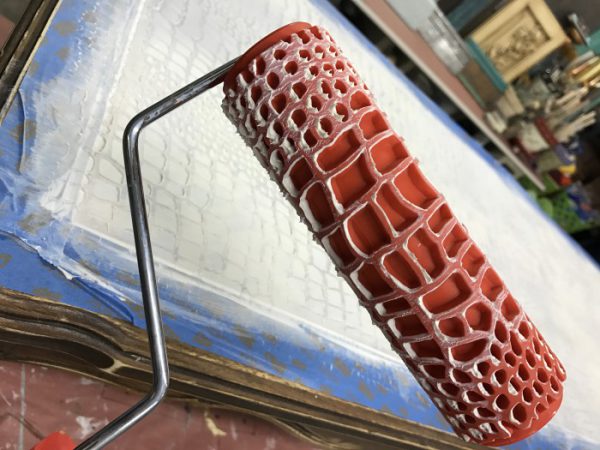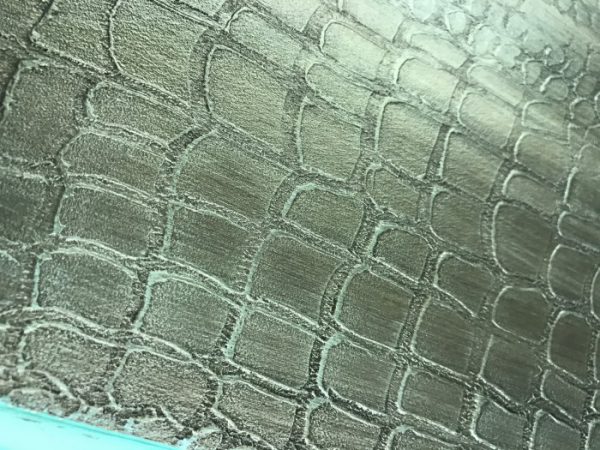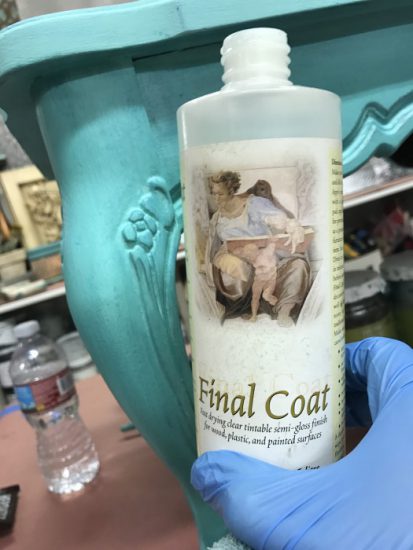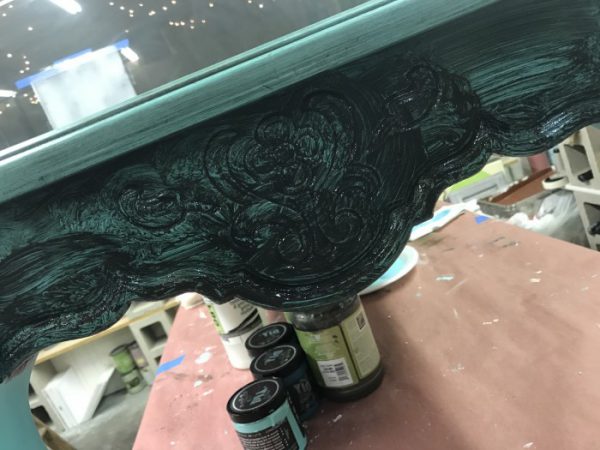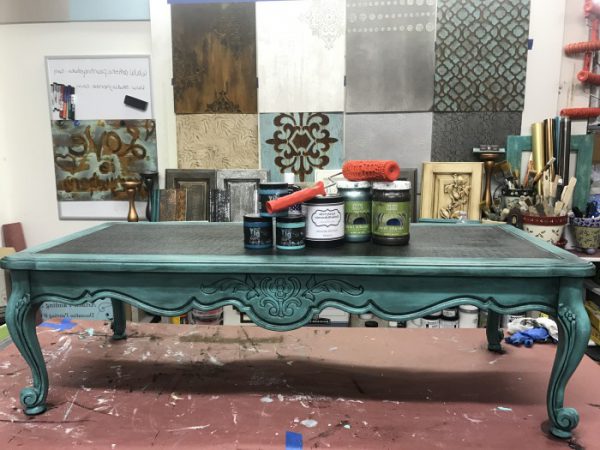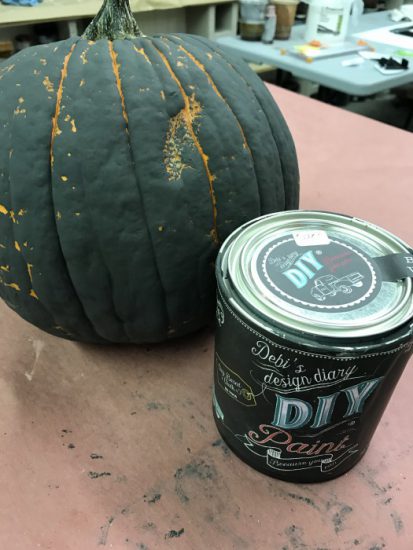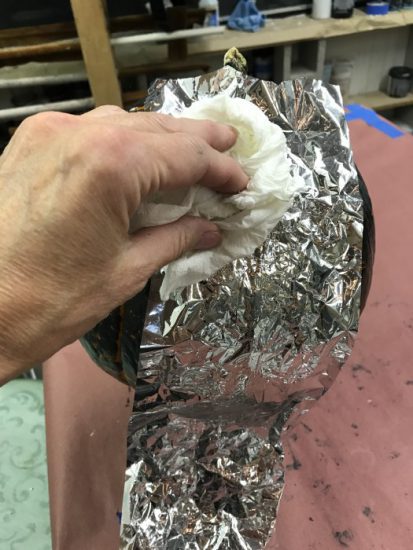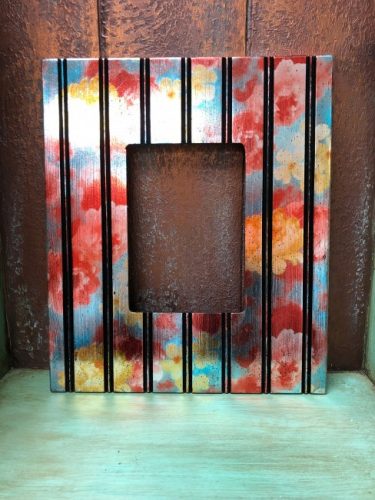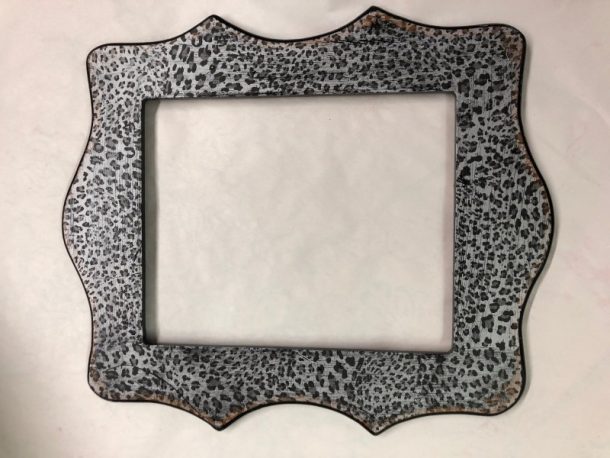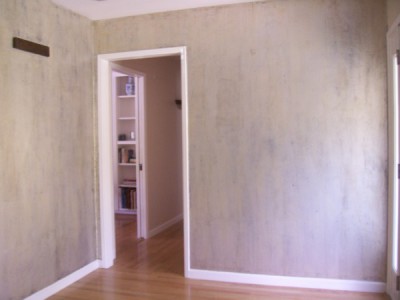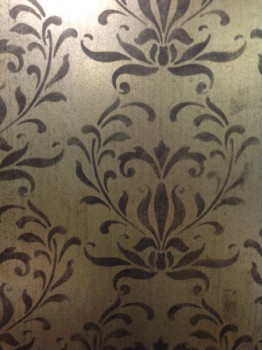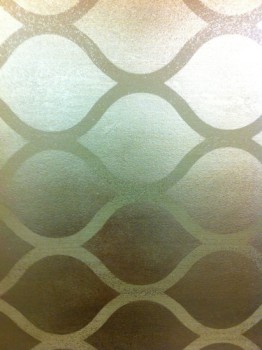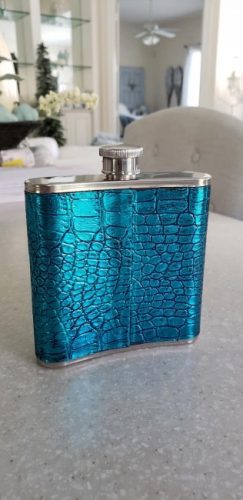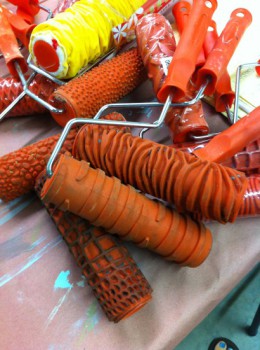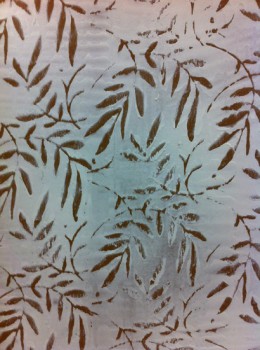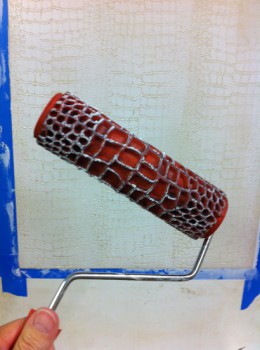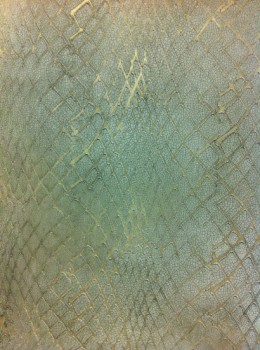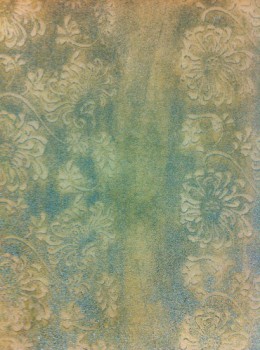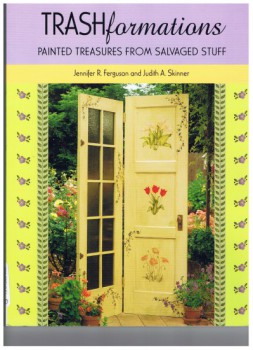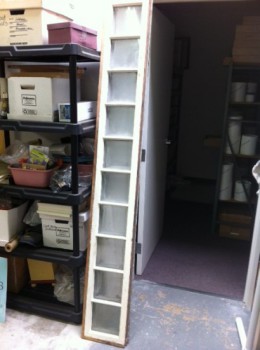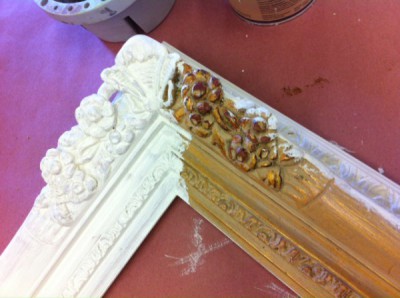
When I discovered these large wooden crosses – I immediately fell in love and knew I had to Foil them! All my friends and family have a cross wall in their homes and I knew these would be great gifts once I was done making them fabulous!
So I ordered a ton of these crosses, knowing that once everyone saw the transformation – you would want one!

I started out with priming them (probably not necessary – but I prime everything)!!! The priming did raise the grain of the wood – so sanding was necessary. Just a light sanding with 220 grit sandpaper (btw – any paint I had used would have raised the grain of the wood – so sanding would be necessary no matter what) and I was ready for the next step.

I decided I wanted some contrast with the Silver Foil I was planning to use and painted the cross Black using Debi’s Design Diary DIY Paint – Little Black Dress. I love using this paint – one coat of the Little Black Dress and I was done!
Now it’s time to get Foiling!!! So, let’s talk about foils and what they are. The metallic foils I use are a metallization on the backside of cellophane and we need a very tacky surface to transfer them. You also want to make sure that you are working with easy to release foils – both of these things are necessary for a an easy and fun Foil Finish!!!

First things first – let’s start with my amazing Foil Adhesive and apply one coat to the painted cross. Allow this to dry to a firm tack (this can take 30 to 60 minutes and it doesn’t matter how long you leave it before transferring – it will never dry beyond a firm tack). I used a Wooster low nap roller and rolled on one coat, you can easily see where it is – as it is milky white when applying and dries clear.
Now that our Foil Adhesive has dried to a firm tack we are ready to get Foiling 🙂 I have cut a piece of foil large enough for the project (if you have a smaller roll – cut enough pieces for you project). Lay the foil onto the tacky surface with the “shiny/colored” side facing up and smooth out the surface using a terry rag. Start transferring the foil by rubbing back and forth with the terry rag and see how much transfer you are getting – lift up one side of the foil and “peak” under to see the transfer. If you have not received the transfer you were looking for – place the foil back down and get out your scrubber brush and scrub the surface in a vertical motion, then check again. Once you are happy with the Foil transfer – remove the foil cellophane and you will have a Bright and Shiny Silver Finish. No need to wait for anything – we can move onto the next step!!!

(Pouncing Foil Option – crinkle foil up into a ball with the “shiny” side on the inside of the ball and pounce the foil onto the surface. Keep re-positioning the foil to a new area and pounce as much coverage as you desire).

I choose my Hampton Medallion stencil for this project – I love how it looks with in a all-over-repeat and figured it would be great for this project. Position stencil at the top of the cross for your first repeat and attach with blue painters tape. I’m using the DIY Paint Little Black Dress for the stenciling – I know this paint will cover very well. For detailed stenciling instructions – here is a link to my Stenciling Video. Stencil the Hampton Medallion using the Little Black Dress DIY Paint and a dry brush technique – keep re-positioning the stencil until you have covered the entire cross.
Once everything was dry – I drilled a small hole at the top of the cross so that I could use ribbon to hang the crosses.
Here are a few other samples I created with the same process – just changing up the color options.
For more information on working with foils – check out this video – Installing Foils.
Hope you have enjoyed this fun project and get foiling!!!
Blessings,
Jenn










